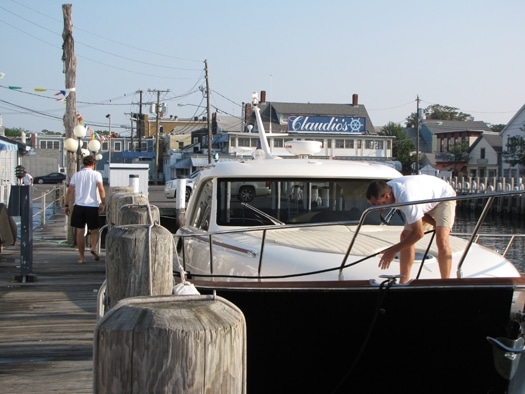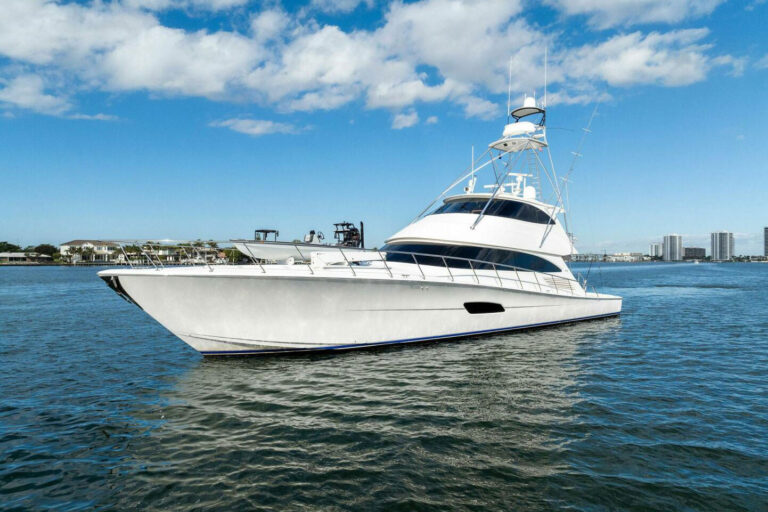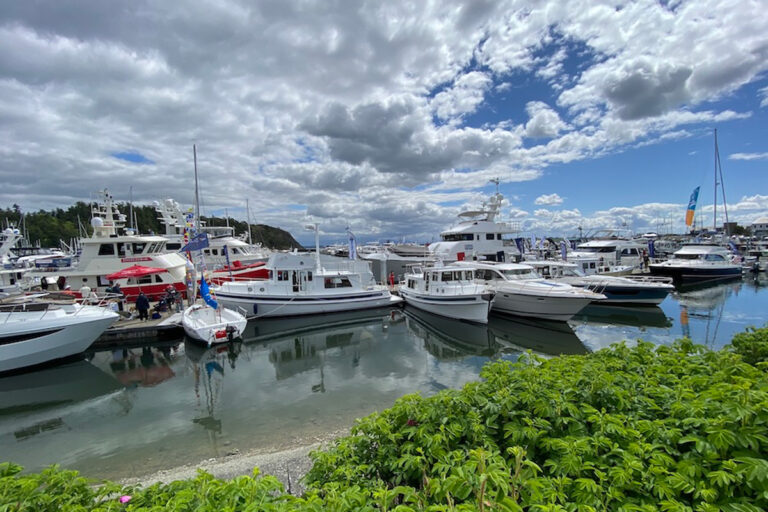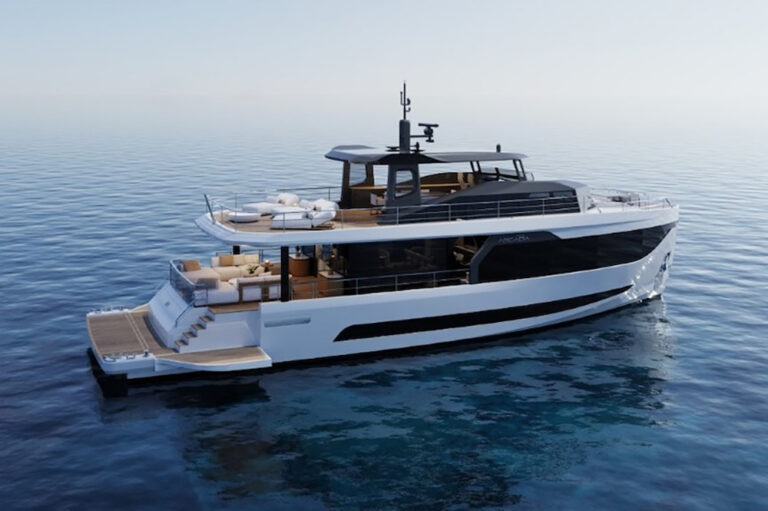
ytgdec22enewscg525.jpg
In an era of bow and stern thrusters on boats as small as runabouts, many skippers rely entirely on thrusters to get in and out of tough docking situations. But what if the thruster fails? Spring lines can take the crisis out of docking and undocking. Watch a delivery crew bring a single-screw trawler into a tight space. There’s no shouting, no heroic leaps to the dock, and the boat is snubbed down before anyone can lend a hand. This crew may have the same equipment as your boat, but they know how to use spring lines effectively.
Before we consider how to use spring lines, let’s look at some general rules. If your boat is larger, let’s say over 55 feet, you should have a minimum of four cleats to a side. This gives you the standard bow and stern cleats, plus two additional cleats spaced in between for springs-an amidships cleat is useful, too. If your boat is around 40 feet, one amidships cleat will do the job. Also, the spring lines should be the length of your boat and you’ll need at least two in your locker.
When using spring lines while approaching the dock, remember to take up the slack gently. If you need more power to help turn your boat, don’t apply throttle until tension is taken on the line. Too much power and you can pop even husky dock lines, which then become lethal whips. Plan your maneuvers in advance, and don’t keep them a secret from your crew. Explain clearly what you want done and stay calm while executing the plan. Shouting never makes a situation better. If you’ve planned correctly, the crew should be able to step onto the dock without having to leap over open water. If it looks like they may have to leap, make another pass because leaps often turn into swims.
Getting Into the Dock
When there is only a small space left between boats, a spring line from a cleat aft of the bow should tuck you in without nicking anyone’s paint.
Approach at a 45-degree angle with the spring line ready. When the bow is near the pier, pass the spring line ashore and then gently take up the slack with the engines in forward. Unless the pier is protected, fenders should protect your hull. Put the helm hard away from the dock and the stern will ease neatly alongside. This method is also ideal for use when the wind is blowing off the dock and the stern would otherwise drift outward after the bow line is passed ashore.
Springing Into a Slip
When backing into a tight slip in a breeze, a spring line can save you. Stop your boat at the end of the dock where you plan to moor, and double an amidships spring line so it starts and ends at your boat and is just looped around a cleat or piling.
You’ll need someone to ease the spring line out as you maneuver, using the cleat for friction. Gently take up the slack in reverse and turn the wheel hard toward the dock. While easing the spring line, the stern of your boat will swing docilely through an arc until you are lined up in the slip. Leave the engine idling in reverse until you have the bow and stern lines secured. Some boats may need to use the dock corner as a pivot, so plan ahead with fenders.
Leaving the Dock
When the wind is pinning you against the pier and there are boats ahead and astern, spring lines will save the day and make you look like a pro. If you want to exit bow first, double an aft spring line. Retrieve the bow and stern lines and, with the engine idling in reverse (with twin engines, use the outboard engine), turn the steering hard toward the dock and add power gently. As if by magic, the bow will be levered away from the dock until you can straighten the steering, shift into forward, retrieve the spring line (don’t let it get tangled in the prop!), and depart under complete control. A mate may need to stay in the corner and hold a fender between the boat and the dock. You then pivot on this. If you need to exit stern first, a doubled spring line from a bow cleat will hold you in place as you turn the wheel toward the dock, power forward (with a twin engine, you should do this with the outboard engine), and lever the stern outward. Either way, be sure you have fenders out since you will be leaning against the pier.








